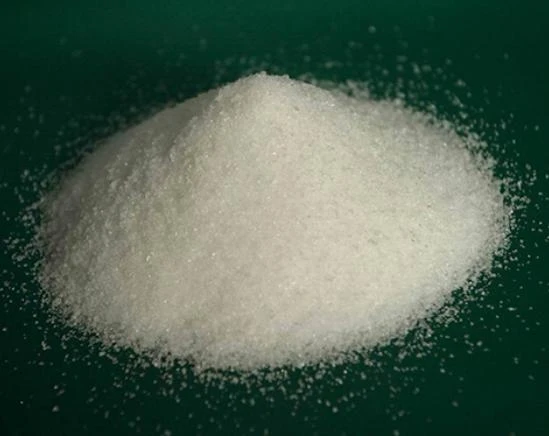anionic polyacrylamide flocculant
Understanding Anionic Polyacrylamide Flocculants Applications and Benefits
Anionic polyacrylamide flocculants, also known as anionic PAM, are synthetic polymers derived from acrylamide monomers with anionic groups. These compounds play a critical role in a variety of industrial processes, primarily in water treatment, soil stabilization, and mineral processing. With the growing emphasis on environmental sustainability and efficient resource management, the adoption of anionic polyacrylamide flocculants is becoming increasingly significant.
One of the primary applications of anionic polyacrylamide is in water treatment. Industrial processes often generate large volumes of wastewater, which must be treated before being discharged or reused. Anionic PAM acts as a flocculant, promoting the aggregation of suspended solids into larger particles known as flocs. These flocs can then be more easily removed from water, resulting in cleaner effluents. The anionic nature of the polymer enhances its effectiveness by attracting positively charged particles. This property makes it particularly valuable in processes such as municipal wastewater treatment, where organic matter and other pollutants need to be efficiently removed.
In addition to water treatment, anionic polyacrylamide flocculants are essential in the mining and mineral processing industries. During ore extraction, significant amounts of water are used, leading to the creation of slurry—a mixture of water and solid particles. Anionic PAM facilitates the separation of valuable minerals from waste materials by improving the settling characteristics of these slurries. This not only enhances the recovery rate of minerals but also minimizes the volume of tailings, thereby reducing environmental impact. Moreover, the use of anionic flocculants can decrease the need for chemical additives, leading to a more sustainable and cost-effective operation.
anionic polyacrylamide flocculant

Another notable application is in agriculture, where anionic polyacrylamide is used as a soil conditioner. By improving soil structure and moisture retention, it enhances soil quality and promotes better crop yields. The polymer can help prevent soil erosion, especially in areas prone to runoff. This is particularly important in regions experiencing drought or irregular rainfall patterns, as it allows for more efficient water use in crop production. Farmers increasingly adopt anionic PAM to improve soil health and optimize irrigation practices, contributing to agricultural sustainability.
While the benefits of anionic polyacrylamide flocculants are clear, it is also essential to consider the safety and environmental implications of their use. Though polyacrylamide itself is regarded as a low-toxicity substance, the polymer must be handled carefully to prevent exposure to acrylamide, a known neurotoxin. Manufacturers and users are advised to follow strict safety protocols during production, application, and disposal to minimize potential risks. Additionally, regulations governing the use of such chemicals vary by region, so compliance with local environmental guidelines is crucial.
In conclusion, anionic polyacrylamide flocculants are versatile compounds that play an essential role across various industries. Their ability to efficiently aggregate suspended solids makes them invaluable in water treatment, mining, and agriculture. As industries continue to strive for eco-friendly practices and resource efficiency, the demand for effective and sustainable solutions like anionic PAM is likely to rise. By carefully managing their use and adhering to safety regulations, businesses can harness the benefits of anionic polyacrylamide flocculants while minimizing environmental and health risks. The ongoing research and development in this field promise further innovations, enhancing their applications and efficacy in the future.
-
Understanding Polycarboxylic Acids: Properties, Applications, and Future PotentialNewsJul.28,2025
-
Scale Inhibitor Explained: How to Protect Your System from Limescale and Hard Water DamageNewsJul.28,2025
-
Scale and Corrosion Inhibitors: Essential Chemicals for Industrial Water System ProtectionNewsJul.28,2025
-
Polyaspartic Acid: A Biodegradable Polymer for Sustainable ChemistryNewsJul.28,2025
-
Isothiazolinones: A Versatile Antimicrobial Class with Industrial Power and Regulatory ChallengesNewsJul.28,2025
-
A Deep Dive into 2-Phosphonobutane-1,2,4-Tricarboxylic Acid (PBTC)NewsJul.28,2025





